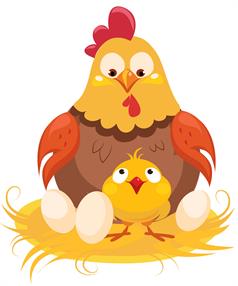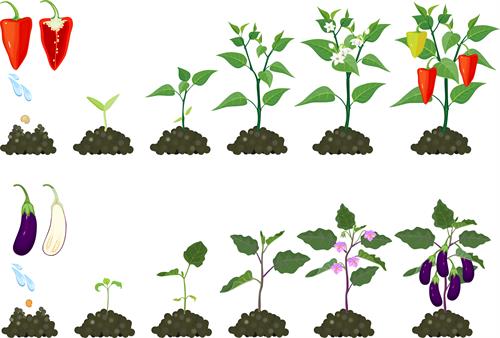PDF chapter test TRY NOW
All living organisms (plants and animals) produce new individuals during their lifetime.
What is reproduction?
Reproduction is the biological process through which organisms produce offspring that are genetically identical to themselves.
The new individuals thus produced are copies of the parent organism.
Unlike the other essential life processes such as nutrition, respiration, or excretion, reproduction is not a process that maintains life. It is a process that continues life on earth.

Illustration of reproduction in animals

Illustration of reproduction in plants
It is one of the fundamental characteristics of living organisms that help in the continuity ofspecies.
Importance of reproduction:
Among the various life processes, reproduction is an important.
- Continuity of species: It is the process that maintains the continuity of species. This process of preserving individual species is known as self-perpetuation.
- Population organization: It is the process that maintains the population of young, adult and aged persons.
- Variations: The process of reproduction brings about variations in the organisms. These variations are essential for adaptations and evolution.
- Life: The existence of life on earth is due to the process of reproduction. The incapability of reproducing by the organisms of a particular species will lead to the extinction of that species.
